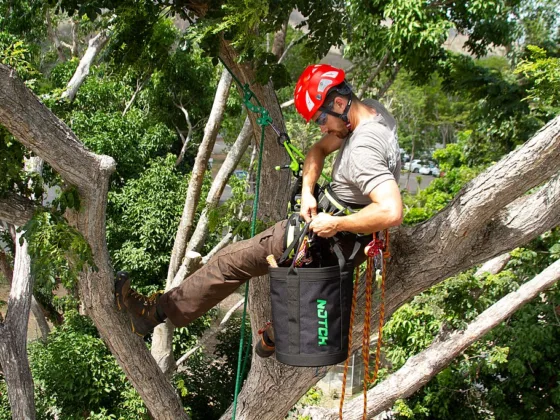Table of Contents Show
Whether it’s a hobby or perhaps something you do professionally, when you’re a gardener, choosing the right shoes is imperative.
If you don’t choose the right shoes, you may find that you experience more aches and pains after a day spent outdoors. With the right shoes, your gardening will be more enjoyable.

Among the best garden shoes tend to be comfortable clogs and boots, and the following are specifics to keep in mind when choosing the perfect pair for you.
The Importance of Having a Good Pair of Gardening Shoes
This was touched on above, but you should understand why having a good pair of gardening shoes is so valuable.
If you put on any old pair of shoes, not only are you probably going to be less comfortable, but they might not be waterproof. On muddy days or when you’re watering, this can be challenging.
Safety First
If you’re looking for shoes that are safe for the garden, look for a sizeable amount of tread. Your garden shoes should have lugs that can grip the mud to reduce your fall risk. You also want garden shoes that protect your toes and heels.
Your garden shoes should have a sturdy structure.
Plus, when you’re working outside, you’re dealing with lawn and garden equipment which can be dangerous if dropped on your foot.
Clogs or boots can provide protection from things like garden shears. Good shoes can also protect from debris, thorns, and pests.
Overall, if you focus on anything in selecting garden shoes, make them safe and protected.
Read Also:
Comfort
Whether you garden because it’s a hobby you enjoy in your leisure time, or you do it in a professional capacity, comfort is important. Your focus should be on your garden and not on the discomfort you feel.
You may have to try different styles of garden shoes before you find one that’s just right for your comfort level.
For many people, clogs fit the bill. Garden clogs can provide protection thanks to the durable, sturdy materials they’re made out of. At the same time, they tend to provide comfortable support and naturally fit the foot’s curves.
Try on the shoes first, and compare a couple of different pairs to make sure they fit well.
Be conscious of not only support but also the potential for shoes to cause blisters.
When your footwear has a well-structured outsole and also contouring insoles, it can help you maintain good posture, reducing back pain that can occur when you spend long periods working outdoors. There are also insoles for hard surfaces available, that can give extra shock absorption properties to the shoes you may want to use for gardening.
Convenience
Ideally, when you’re choosing garden footwear, you want something easy to take on or off. Boots and clogs don’t require that you tie and untie the shoe, so you can keep them by the door and ready to go when you’re heading outside.
With a shoe that you can easily slip on and off, you can also leave them outside if you’d like to avoid bringing dirt and mud inside.
There’s also the issue of cleaning shoes with laces. It’s more challenging to clean laced shoes if they get wet or muddy.
Waterproof
When your shoes are wet and soggy, it’s uncomfortable and will take your focus off your garden work.
Choose a waterproof shoe. Also, look for a shoe that has a moisture-wicking lining if possible. This will keep your feet dry no matter how long you spend outside.
If there’s a snug top to the shoe, again, it will help keep water out.
Easy Cleaning
The very nature of garden shoes is that they can get dirty and then be easily cleaned. A hose-off material is best, and you should look for a shoe material that will dry relatively quickly.
Seasonality
You may find your shoe needs change, depending on the season.
For example, in spring, you might want a lightweight clog. Then, when it’s winter, perhaps a more heavy-duty boot will suit your needs.
Once you find the perfect gardening shoes, it will help you enjoy spending your time outdoors even more. It’ll allow you to feel comfortable and motivated to grow something great.









